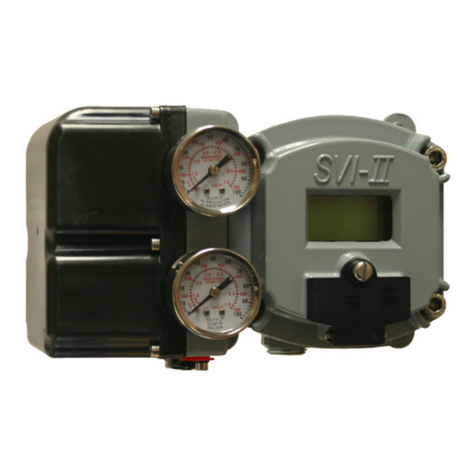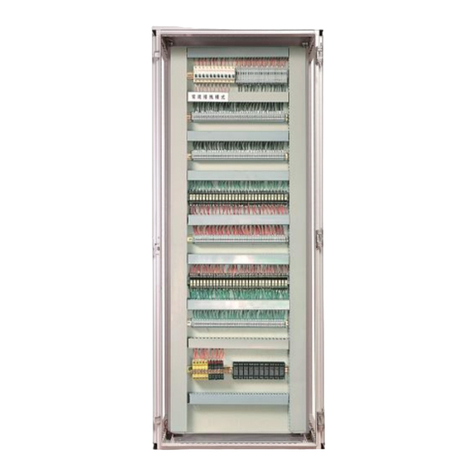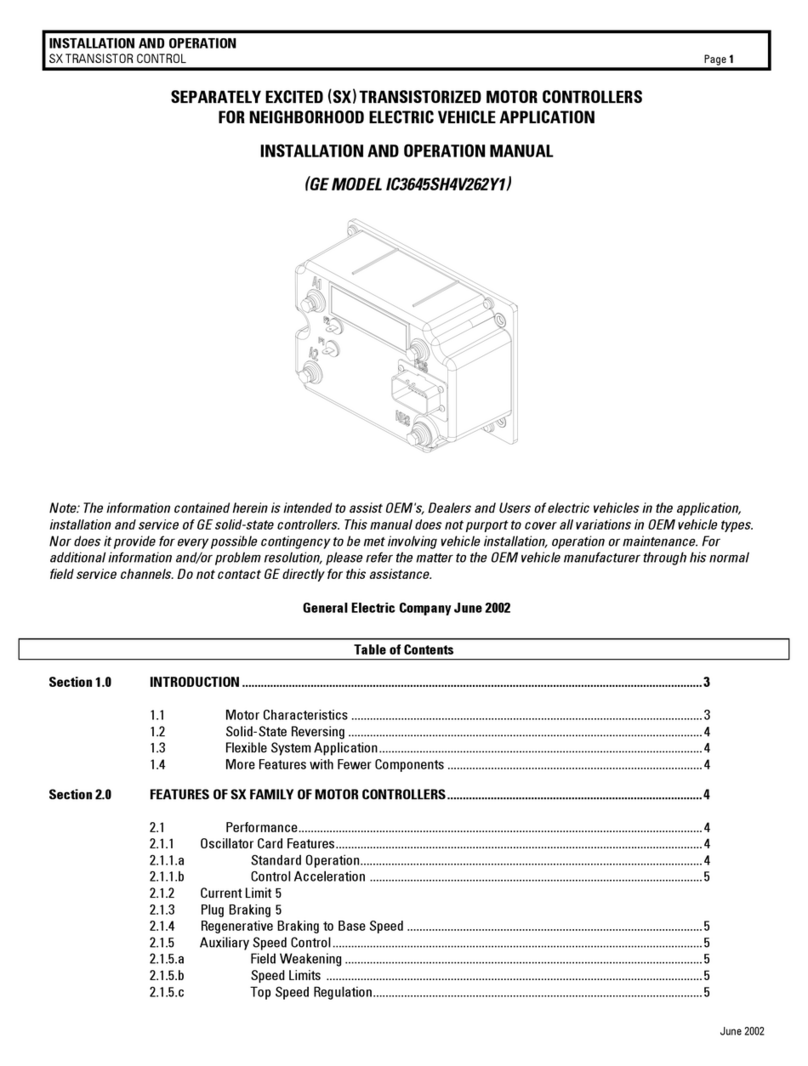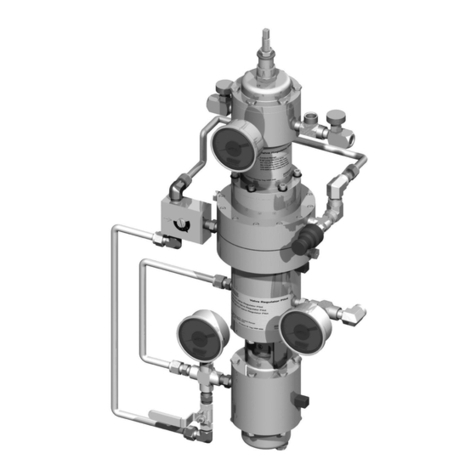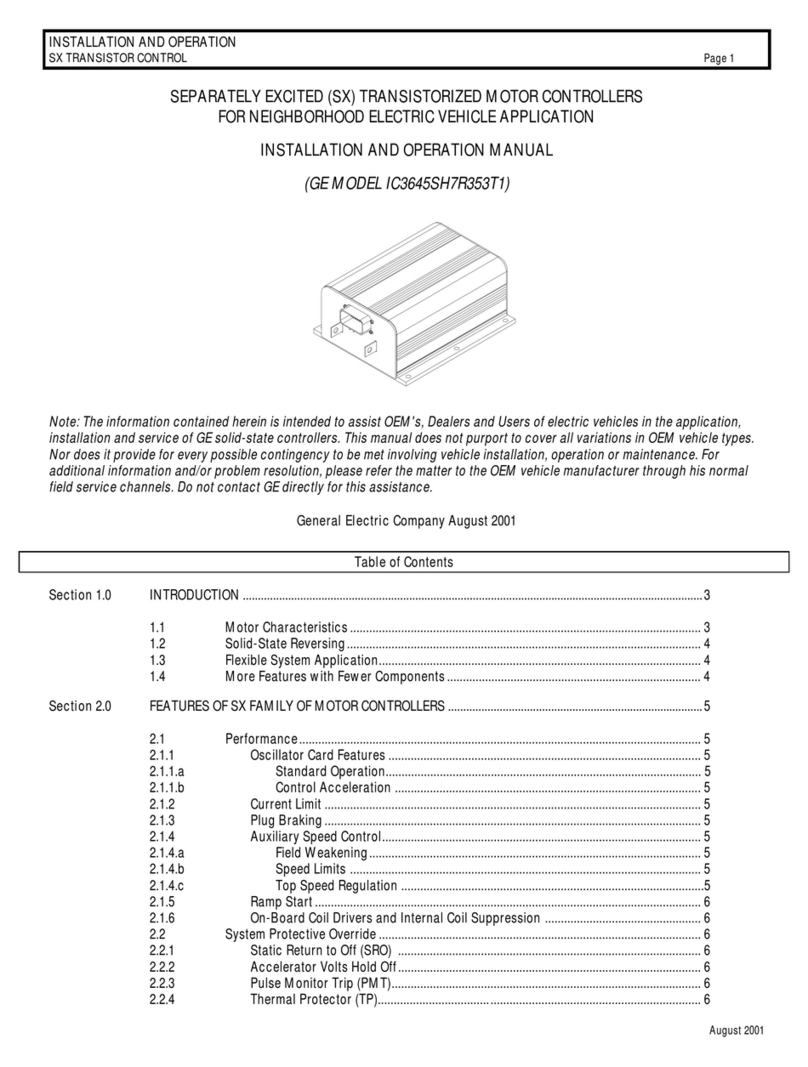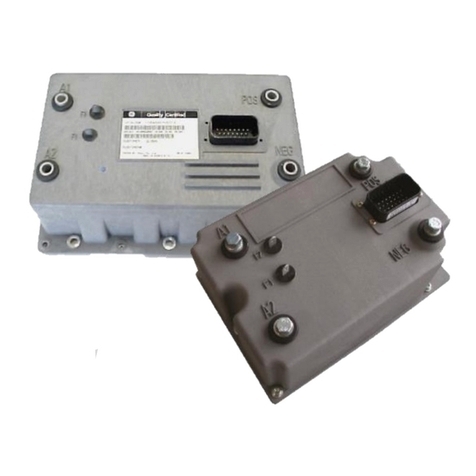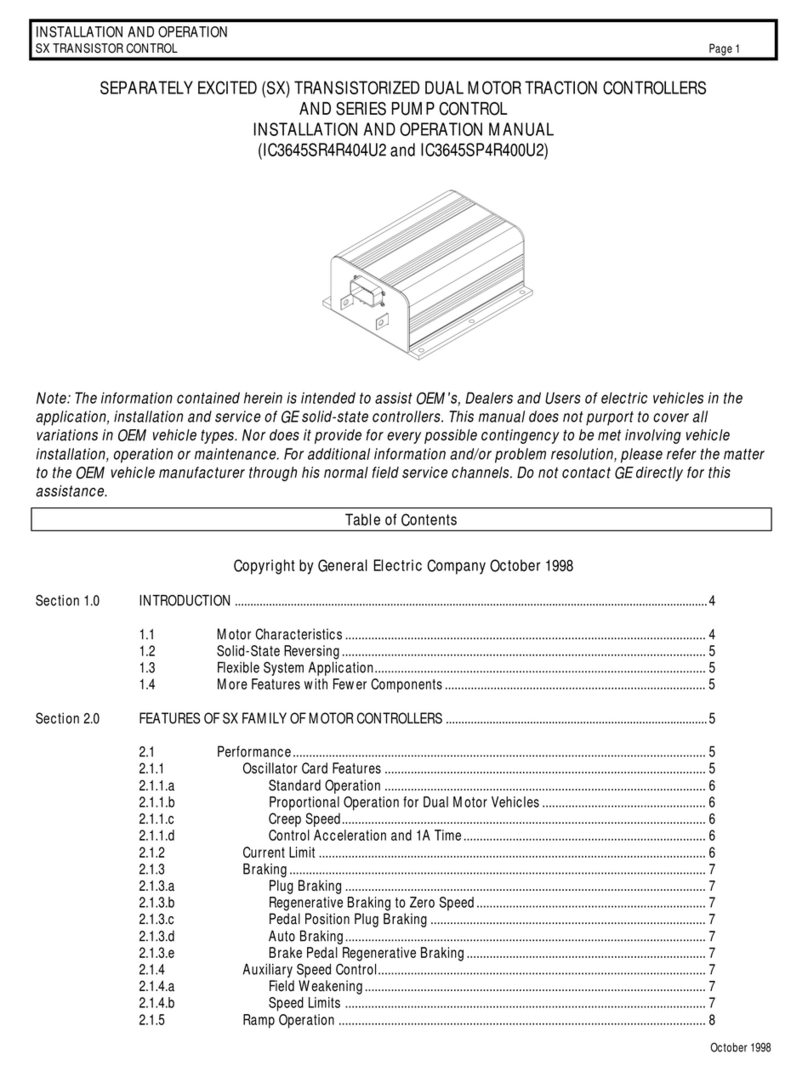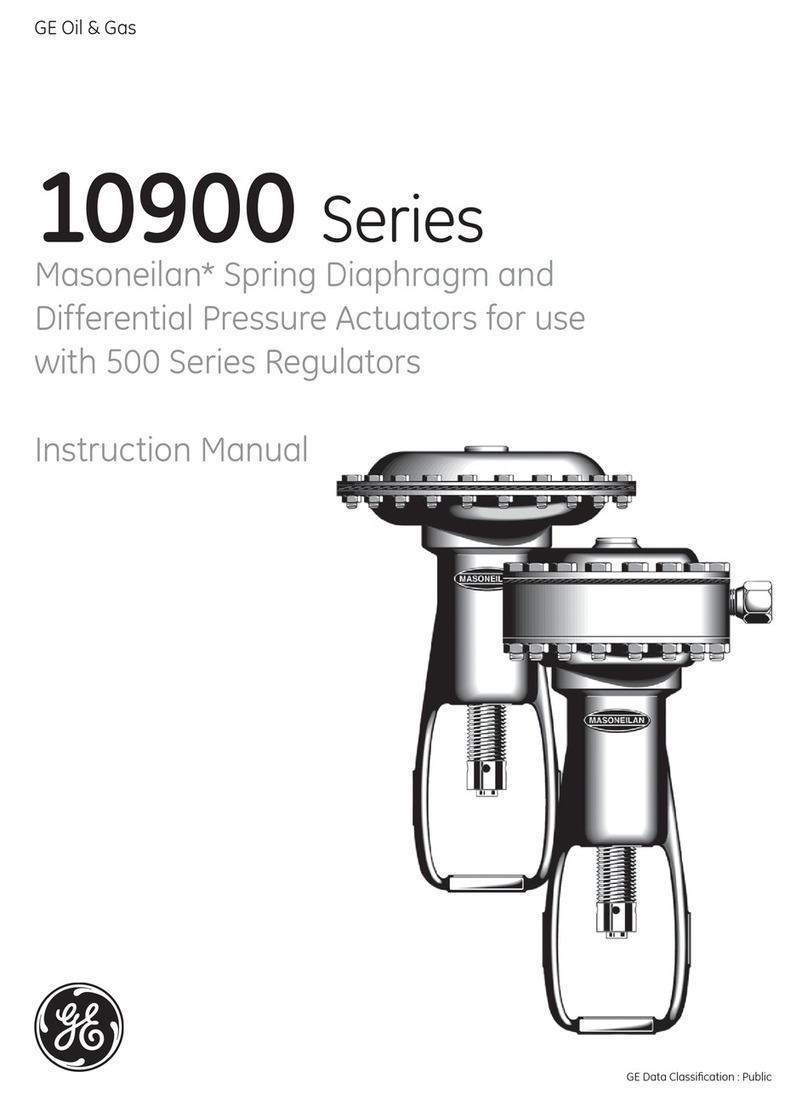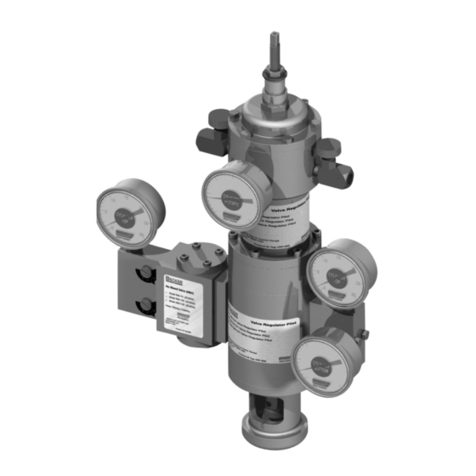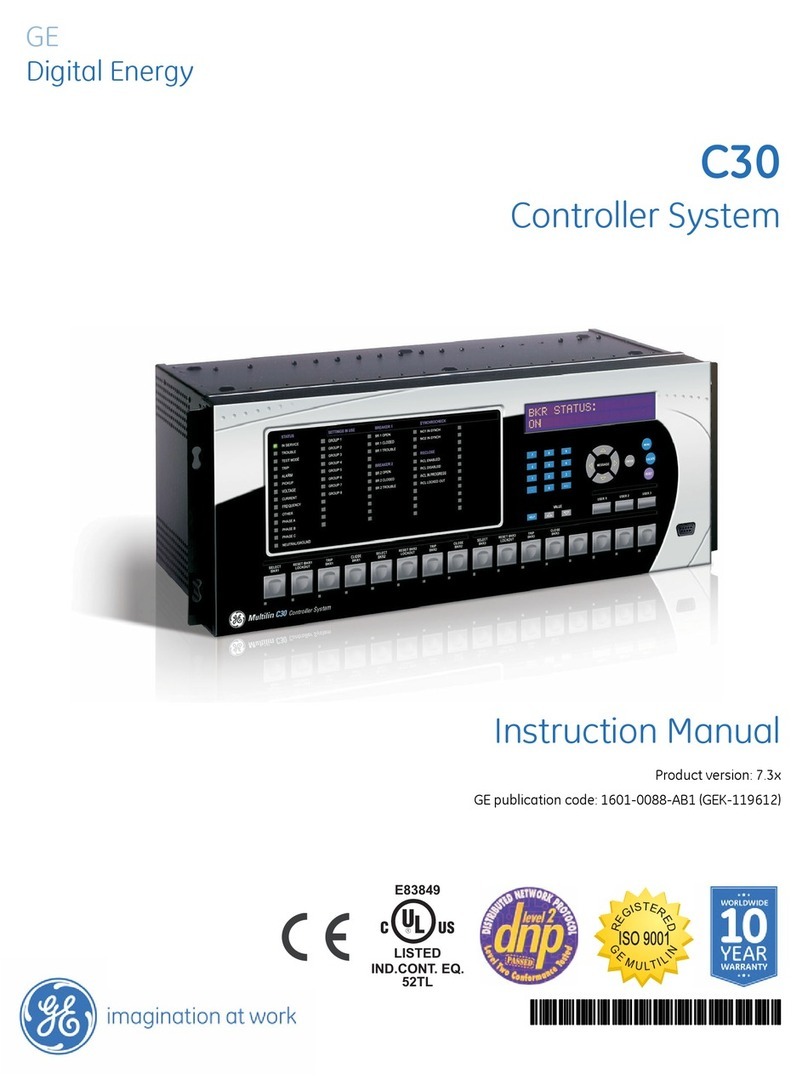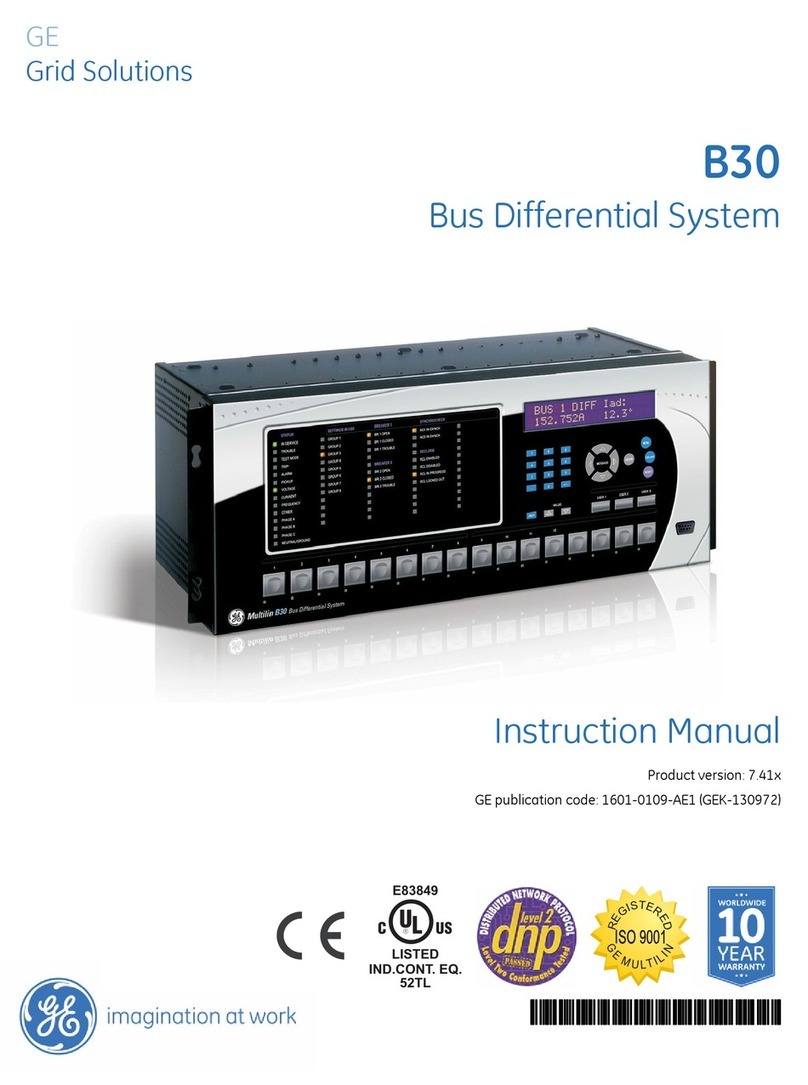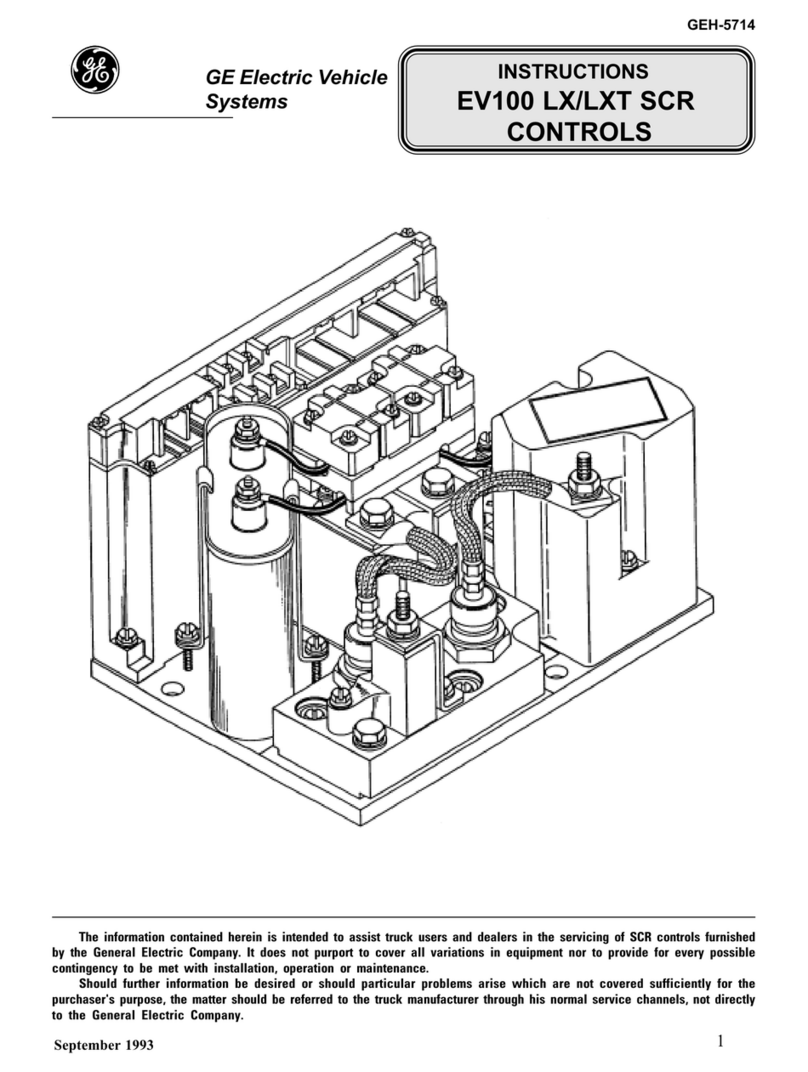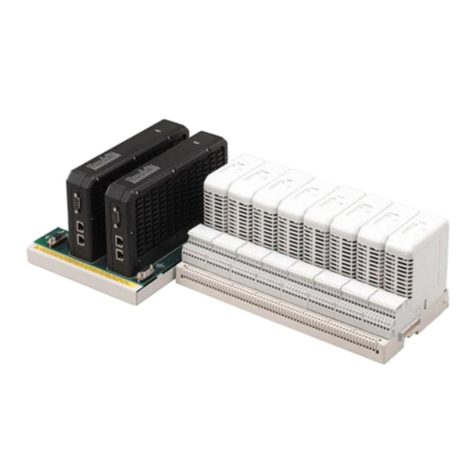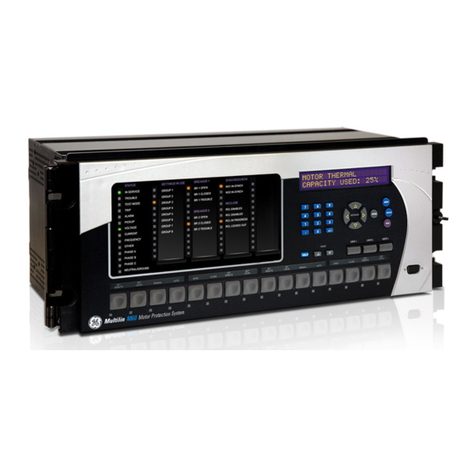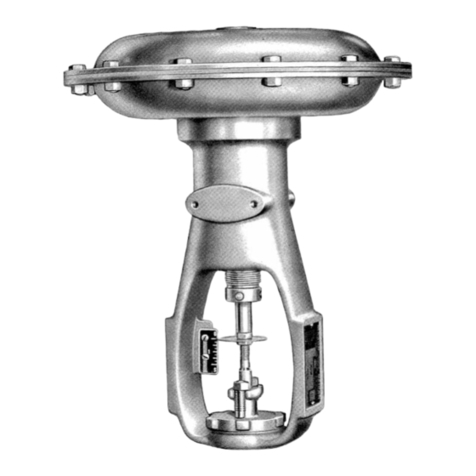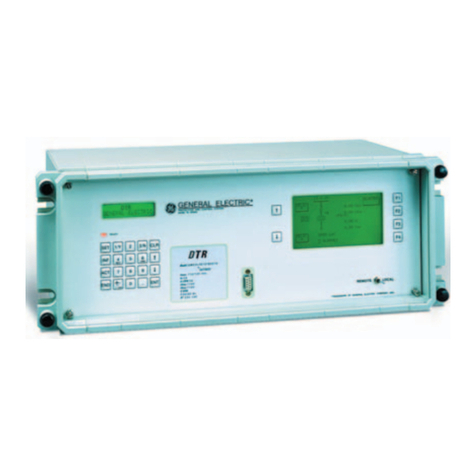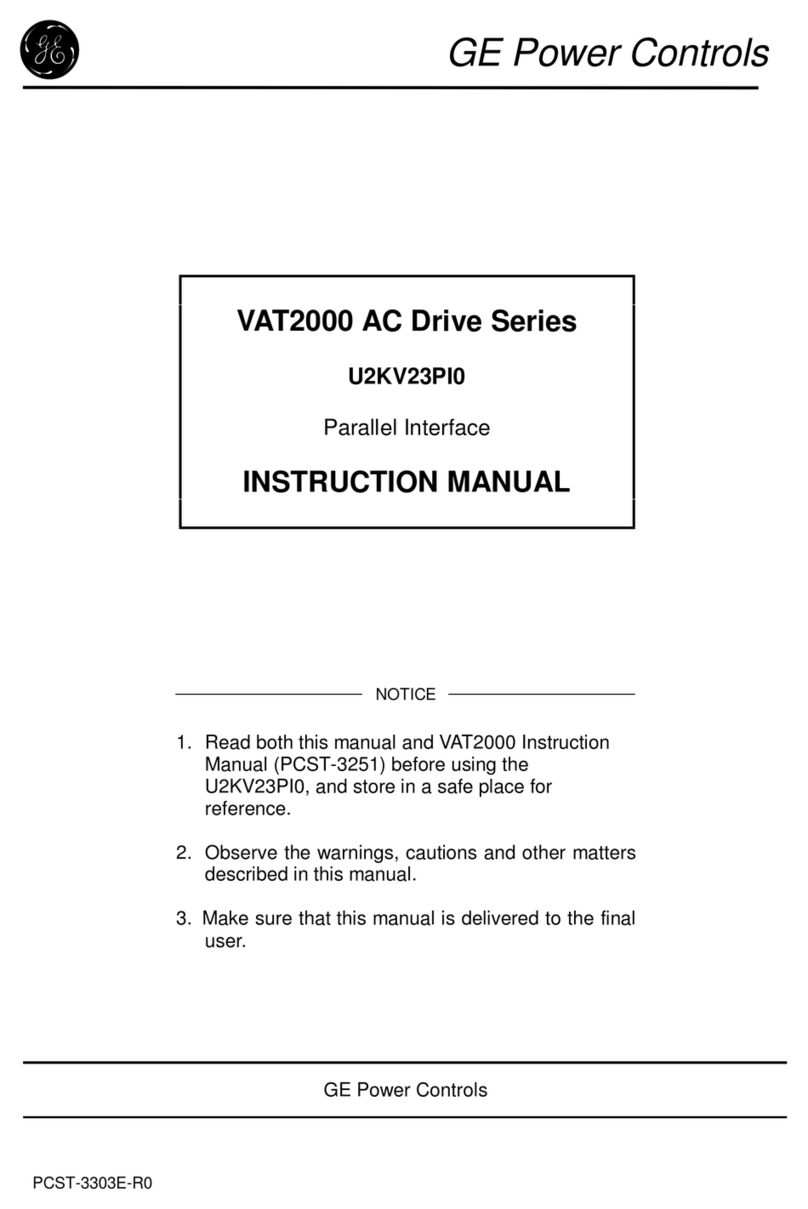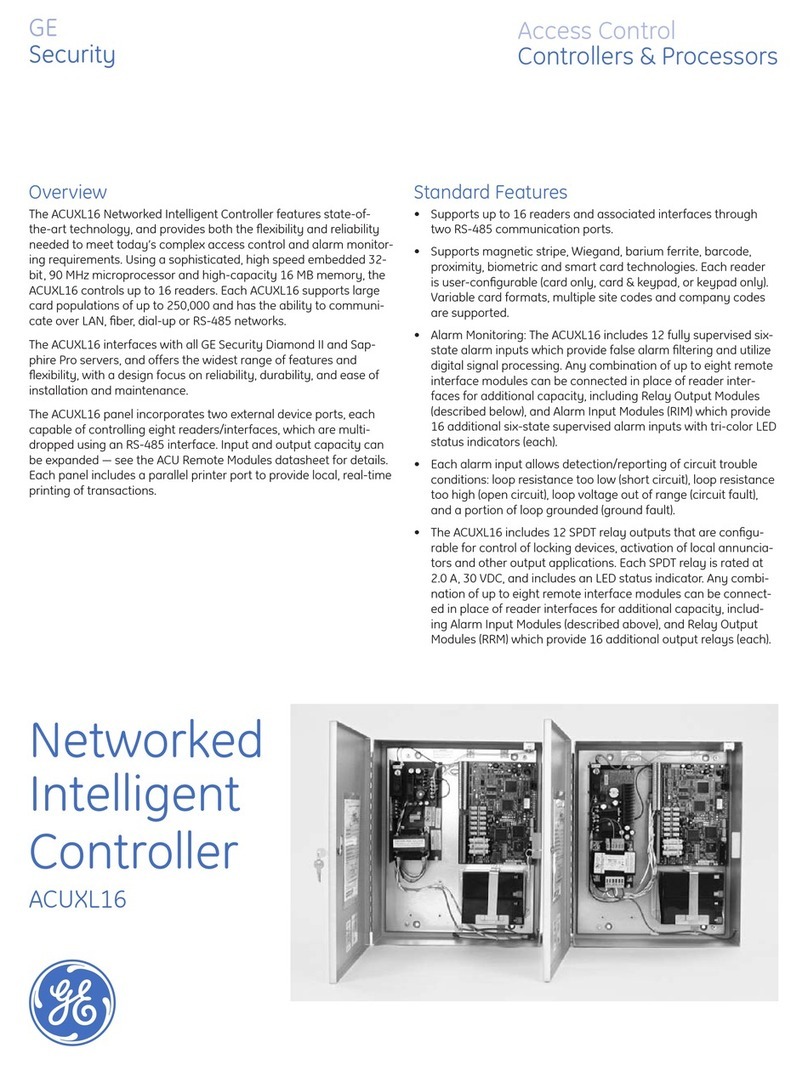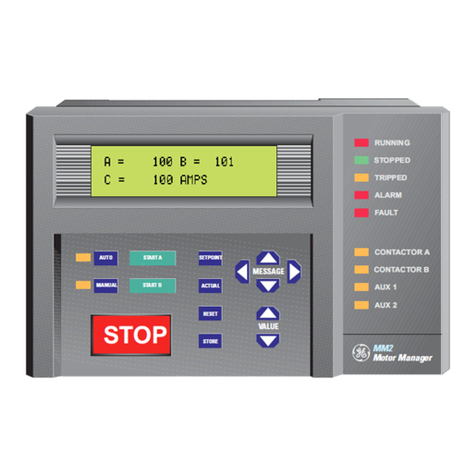- iv -
Precautions For Safety
Items to be observed to prevent physical damage and to ensure safe use of this product are noted on the
product and in this instruction manual.
•Please read this instruction manual and enclosed documents before starting operation to ensure
correct usage. Thoroughly understand the device, safety information and precautions before starting
operation. After reading, always store this manual where it can be accessed easily.
•The safety precautions are ranked as “DANGER” and “CAUTION” In this instruction manual.
DANGER : When a dangerous situation may occur if handling is mistaken
leading to fatal or major injuries.
CAUTION : When a dangerous situation may occur if handling is mistaken
leading to medium or minor injuries, or physical damage.
Note that some items described as CAUTION may lead to major results depending on the situation. In
any case, important information that must be observed is described.
•This instruction manual is written on the premise that the user has an understanding of the inverter.
Installation, operation, maintenance and inspection of this product must be done by a qualified person.
Even qualified persons must undergo periodic training.
Qualified refers to satisfying the following conditions.
οThe person has thoroughly read and understood this instruction manual
οThe person is well versed in the installation, operation maintenance and inspection of this
product, and understands the possible dangers,
οThe person is informed on matters related to starting, stopping, installation, locks and tag
displays, and has been trained in the operation and remedies.
οThe person has been trained on the maintenance, inspection and repairs of this product.
οThe person has been trained on protective tools used to ensure safety.
1. Transportation and installation
CAUTION
•Always transport the product with an appropriate amount according to the products weight
Failure to observe this could lead to injuries.
•Install the inverter and brake resistor on non-combustible material such as metal.
Failure to observe this could lead to fires.
•Do not place the product near inflammable items.
Failure to observe this could lead to fires.
•Do not hold the from cover while transporting the product.
Failure to observe this could lead to injuries from dropping.
•Do not led conductive materials such as screws or metal pieces and inflammable material such as oil
enter the product.
Failure to observe this could lead to fires.
•Install the product in a place that can withstand the weight of the product, and follow the instruction
manual
Failure to do so could lead to injuries from dropping.
•Do not install and operate an inverter that is damaged or that is missing parts.
Failure to observe this could lead to injuries.
•Always observe the conditions described in the instruction manual for the installation environment.
Failure observe this could lead to faults.
